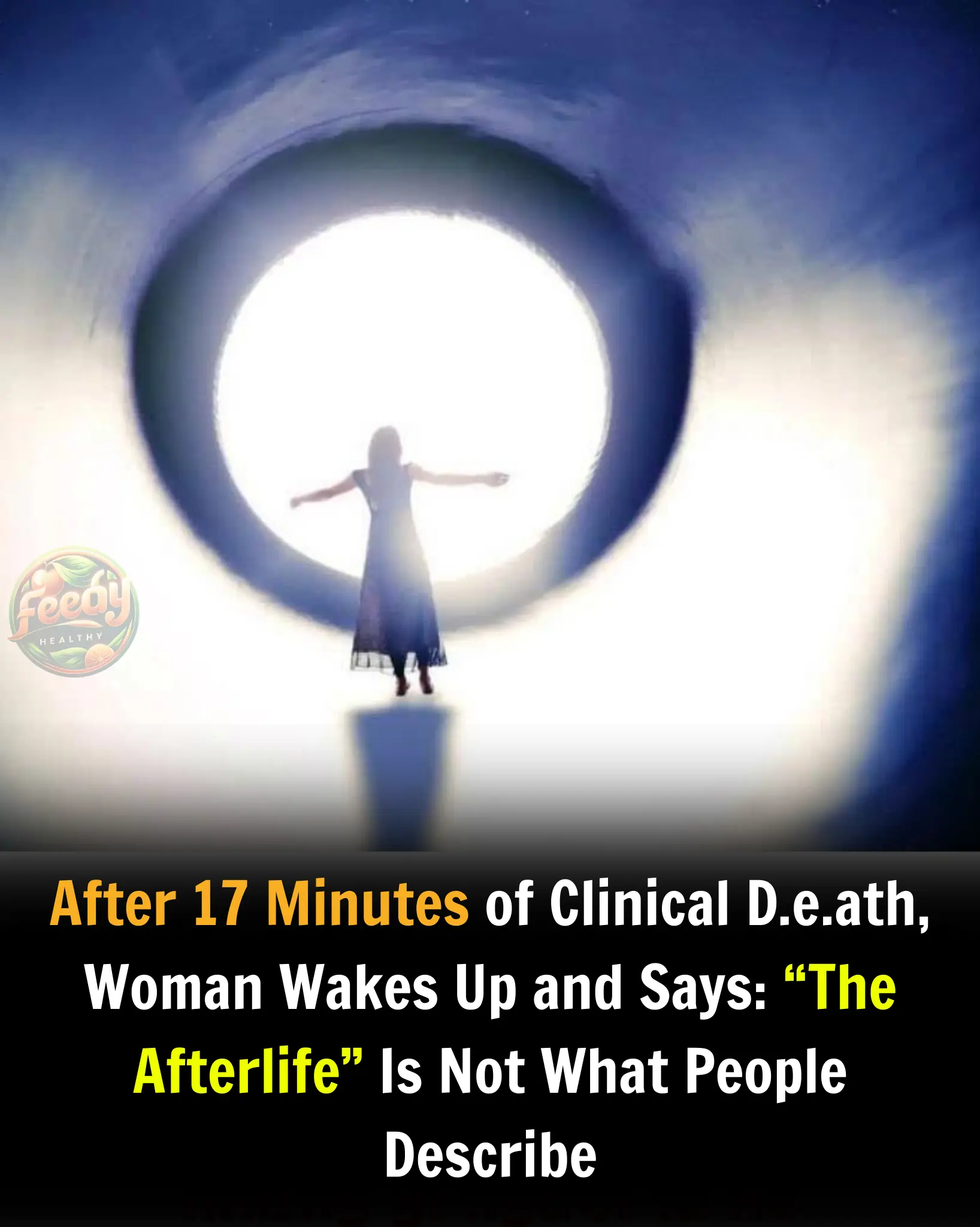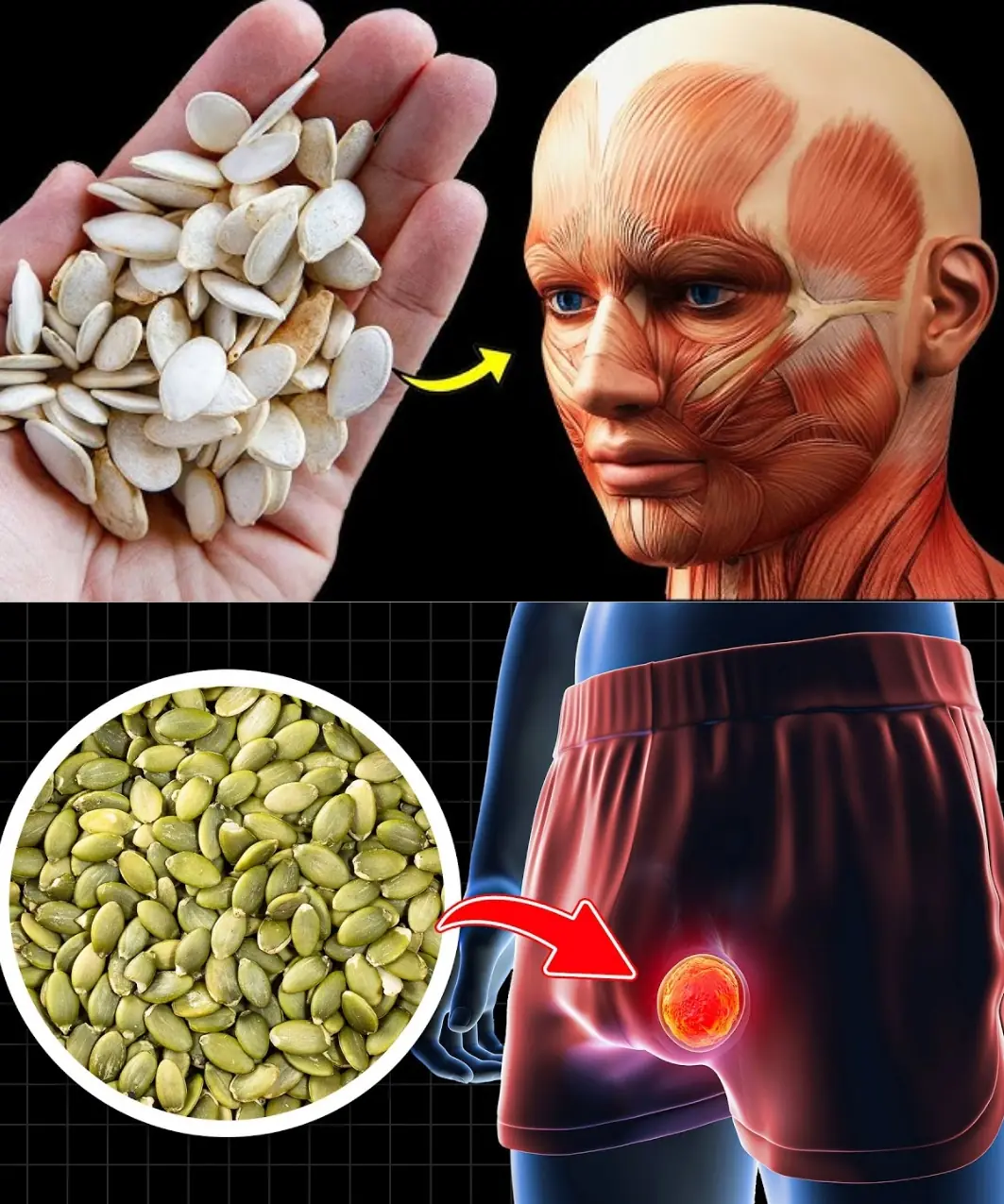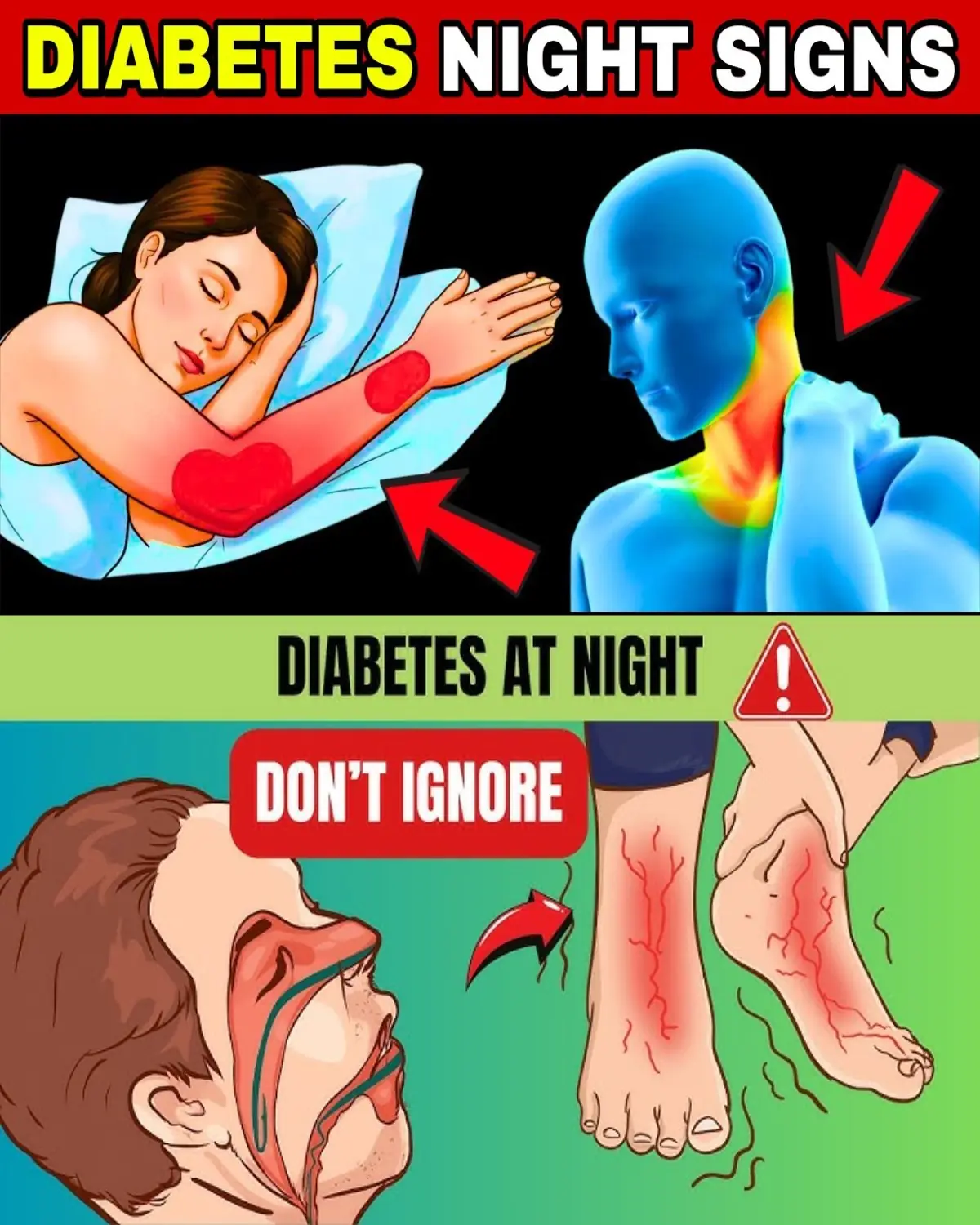
After 17 Minutes of Clinical Death, Woman Wakes Up and Says: “The Afterlife” Is Not What People Describe

A woman miraculously came back to life after 17 minutes of sudden cardiac arrest. She shared what she saw in the “afterlife.”
On August 6, 2025, Đời sống Pháp luật published an article titled “After 17 Minutes of Clinical Death, Woman Wakes Up and Says: ‘The Afterlife’ Is Not What People Describe.”
The Sun reported on the rare case of “coming back from the dead” of a 35-year-old British woman named Victoria Thomas. She described herself as a healthy person who loved exercise. However, during a gym session, she suffered sudden cardiac arrest. She was clinically dead for 17 minutes before being revived thanks to the paramedics’ efforts. Upon waking up, Victoria revealed she had a strange experience of the “afterlife.”
“The Afterlife Is Not What People Say”
That was the first thing Victoria said when she regained consciousness. She explained that many people who had near-death experiences described peaceful scenes and a radiant tunnel of light.
“I saw everything go dark. Then I realized I was ‘floating’ in the air, near the ceiling, looking down at my body lying on the gym floor,” Victoria said.
“I didn’t see any light or feel the peace people often talk about. I only saw my body and some yellow gym equipment around me,” she recalled.
One strange detail was that at that moment, Victoria noticed her legs looked swollen. Later, when she saw photos taken of her before the incident, she was shocked to realize her legs indeed appeared more swollen than usual.
Victoria was taken to Bristol Royal Hospital, where she remained in a coma for three days. Luckily, she survived and was discharged. A pacemaker was implanted to prevent sudden cardiac arrest from happening again.
Discovering the Cause of Sudden Cardiac Arrest
“I’m still young, healthy, and in good shape. I never imagined I could suffer sudden cardiac arrest,” Victoria said.
Months later, she discovered she was pregnant but experienced repeated episodes of cardiac arrest. Doctors explained that pregnancy put additional strain on her heart. Thanks to her pacemaker, she survived each time.
At 24 weeks pregnant, Victoria was finally diagnosed with Danon disease — a rare genetic disorder linked to lysosomal and glycogen metabolism.
Danon disease is caused by a mutation in the LAMP2 gene, which provides instructions for producing the LAMP2 protein. This protein is essential for breaking down cellular waste. A mutation disrupts its function, causing toxic build-up that damages cells and organs such as the heart, muscles, and brain.
The diagnosis left Victoria shocked. Doctors advised her to deliver her baby early at 24 weeks, but she convinced them to wait a little longer. “If my baby was born at 24 weeks, survival would be very uncertain. By week 30, however, I could barely breathe because my whole body was swollen, so I had to undergo an emergency C-section,” Victoria recalled.
The surgery went smoothly, but doctors said her heart had suffered further damage. Six months later, as her shortness of breath worsened, doctors found her heart was functioning at only 11% capacity — end-stage heart failure. She was placed on the emergency heart transplant list.
Once again, luck was on Victoria’s side. She received a suitable donor heart and successfully underwent a transplant at Queen Elizabeth Hospital in England.
A Second Chance at Life
Victoria’s health has since stabilized. She even plans to compete in volleyball and basketball at the World Transplant Games in Germany next month.
“After the transplant, I never thought I’d play sports again. I feel like I’ve been given a second chance — to be a mother and to play the sports I love. That’s the greatest gift I could ever wish for,” Victoria shared emotionally.
According to Psychology Today, a near-death experience (NDE) is a state of consciousness, semi-consciousness, or recalled perception that occurs when a person is close to death or temporarily undergoes the process.
Various theories attempt to explain phenomena in NDEs. For example, the sensation of leaving the body may stem from disruptions in the parietal-temporal regions, which control body perception. The tunnel of light could be caused by reduced blood flow to the retina. Still, near-death experiences remain a subject of debate with no definitive explanation.
News in the same category


Daring duo approach angry animal stuck in bear trap, watch the fight this creature puts up

Viral Photo of Military Dog Standing Watch Over Sleeping Soldier Captures Hearts — But Full Story Remains Unverified

Little boy cries at gate—k9 dog senses something no one else does

18-year-old didn’t know his symptoms were cancer until it was too late

From Foster Care to Fatherhood: One Man’s Mission to Keep Five Siblings Together

Love Beyond Appearances: The Story of Joseph Williams and Vania

From Farmland to Top 8: Filipino Farmer’s Son Triumphs in Engineering Board Exam

JOKE OF THE DAY: The Little Boy and the Confession

My Stepmom Destroyed My Late Mom’s Prom Dress – But She Never Expected My Father Would Teach Her a Lesson

She Told Me Our Daughter’s “Cancer” Was Gone, But Then I Saw The One Thing That Proved It Was All A Lie

Lonely baby raccoon waits on porch after storm

A Viral Photo Captures Unbreakable Friendship From First Grade to Graduation

100s Of Bikers Buried The Little Boy Nobody Wanted Because Dad Was Murderer!

When Two Rare Souls Find Each Other: The Pullan Family of India and Their Extraordinary Journey

After Returning From the Army, a Father Found His Daughter Asleep in a Pigpen His Reaction Shocked Everyone

Woman’s kindness to single dad reveals heartbreaking connection: Bracelet from her child’s burial on his daughter

Manitoba Bus–Truck Collision Leaves 17 Dead: Canada’s Worst Road Tragedy in Decades

An eight-year-old boy saved a child from a locked car, causing him to be late for class and get scolded – but soon something unexpected happened!?
News Post

61-year-old man remarries his first love, wedding night brings shocking revelation

When a K-Pop Birthday Went Wrong: The Brazilian Brother Who Mistook Kim Jong Un for a Korean Idol

Carob: The Forgotten Superfruit Making a Healthy Comeback in 2025

What Happens To Your Body When You Eat Pumpkin Seeds Every Day

4 foods to eat on an empty stomach in the morning to cleanse the gut, boost digestion, and lower cancer risk

Itchy Breasts? Here Are 6 Health Issues That Could Be Behind It

Things that make men instantly unattractive

What Your Skin Could Be Telling You About Hidden Health Issues

Transform Your Health with Just 2 Cloves a Day: The Tiny Spice with Massive Benefits

11 Secrets About Sweet Potatoes You Didn’t Know

8 Super Drinks to Flush Out Blood Sugar Overnight

Drink This One Glass to Cleanse Your Colon Naturally in Minutes

7 Nighttime Signs of Diabetes + 8 Tips to Avoid Blood Sugar Spikes Without Cutting Carbs!

Do These 10 Things! No Kidney Patient Will Ever Lose a Kidney

Banana Tea: Should You Try It? (Nutrition, Benefits, Recipe)

When a Woman Stops Loving: Recognizing the Signs and Taking Care of Yourself

Amazon Rainforest Fungus That Eats Plastic: A Real Discovery With Real Limits

The Romantic Rituals of Seahorses: A Morning Dance of Devotion

Garlic, Honey, and Cloves – A Powerful Natural Remedy Packed with Health Benefits
